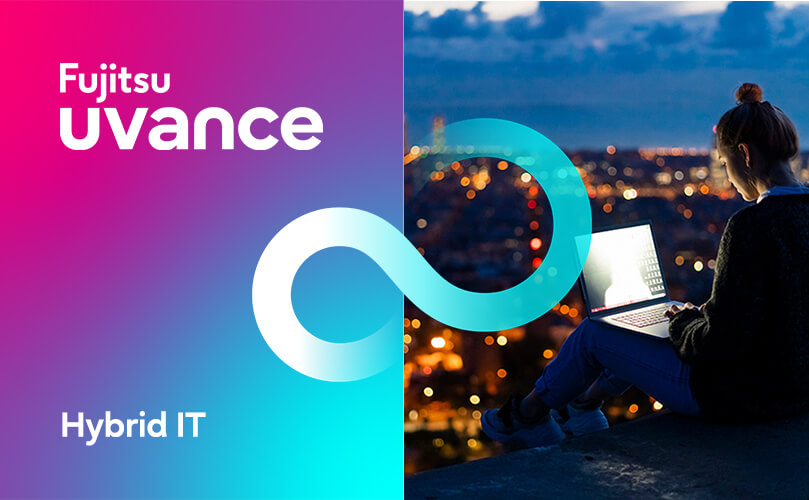The modern enterprise: permanently in a beta state
Fujitsu / October 7, 2022
"Let's go to 'the cloud' because it's cheaper." This is something we hear too often in many organizations. If money is your main motivation to migrate business functions to the cloud, then by all means don't do it. Innovation is a much better argument to do it.
Before I go on with my story: 'the cloud' doesn't exist. Just like 'the internet' doesn't exist. What does exist, are shared services, provided by third parties. Businesses purchase these services as Platform as a Service (PaaS) or Software as a Service (SaaS). The big advantage of PaaS, but especially SaaS, is that as a customer you don't really have to worry about the technical side of the service and delivery. The only thing that's important is whether the functionality meets the needs of your organization. The software and the underlying technical requirements are the responsibility of the service provider.
Free manpower for innovation
So why is this such a big advantage? Well, because it frees up manpower. Expensive manpower. By purchasing services subscription-based, an organization no longer has to maintain them itself. This creates space to do other things.
Some companies believe that manpower that is 'freed up' is no longer needed at all. The cloud, they argue, is therefore 'cheaper'. But that's a fallacy. Because by scaling down on human capital, companies also give up their power to innovation. It's quite simple: to innovate you need - good - people.
But... do you really need to innovate as a company? Well, yes, if you want to still be relevant in a few years. We live in exciting times, for any business. Customer demands are changing at a breakneck pace. It's up to any company to keep up, to listen to this changing demand and translate it to high-quality products and services. And still, that might not be enough. Many companies go the extra mile, by sensing what the customer demand is going to be and anticipating to that situation. If you do that, you are innovating.
In fact, every company these days should be in a permanent 'beta' state. By constantly challenging itself: do our products still meet our customers' expectations? What is it that our customer needs tomorrow? Are we still relevant tomorrow? Capturing this 'Voice of the Customer' is crucial to any company.
This can even lead to products that the customer didn't even knew it needed. For example, Apple has grown beyond all dreams by doing the above. They managed to actually create a demand with their iPods and iPhones. This is something very few companies have succeeded in.
Removing burdens
The power to innovate requires brainpower. People. People who should not be dealing with the continuous maintenance of systems. That part should mainly be left to the systems themselves. This is the core idea of Site Reliability Engineering (SRE), a phenomenon introduced by Google. To be able to continuously innovate with new services, the company decided that it should automate standard processes as much and as far as possible.
If at Google, a new service requires too much maintenance and therefore manpower, the service is referred back to the drawing board and the engineers get the assignment to further automate it. This is how you feed innovation: to free up time for innovation, you will have to remove all of the toil. Cloud technology offers plenty of possibilities to do this, if used properly.
As long as you keep thinking about these questions:
• Why am I migrating something to the cloud?
• How do I make the best use of cloud services? (spoiler: a lift and shift from servers to cloud is rarely a good solution)
• What will it ultimately yield?
• Does it produce room for innovation?
OK, are we there yet?
No! The next challenge is scaling. Unfortunately, many organizations are unable to scale their innovations - products or services - well enough. It is also here where cloud technology shines and provides added value. We will go into more details on this in a future blog.
Do you wish to know more about Fujitsu's Multi-Cloud Service? Our research has found that there is a direct link between how organizations adopt cloud technology and the success of these companies. At this website you will also find other content like blogs and videos on how to become an adaptive organization. The Fujitsu Cloud Ambitions workshop can also be a good first step for achieving this.
Learn why digital infrastructure is key to a connected society
Hybrid IT
Fujitsu introduced a key focus area called ‘Hybrid IT’ as a part of its business brand, Fujitsu Uvance.
We will realize a connected society that connects people, data, and things in the world safely, solves social problems, and creates new value.

Related information
Editor's Picks













